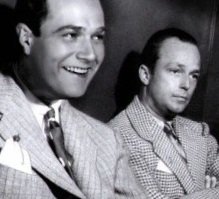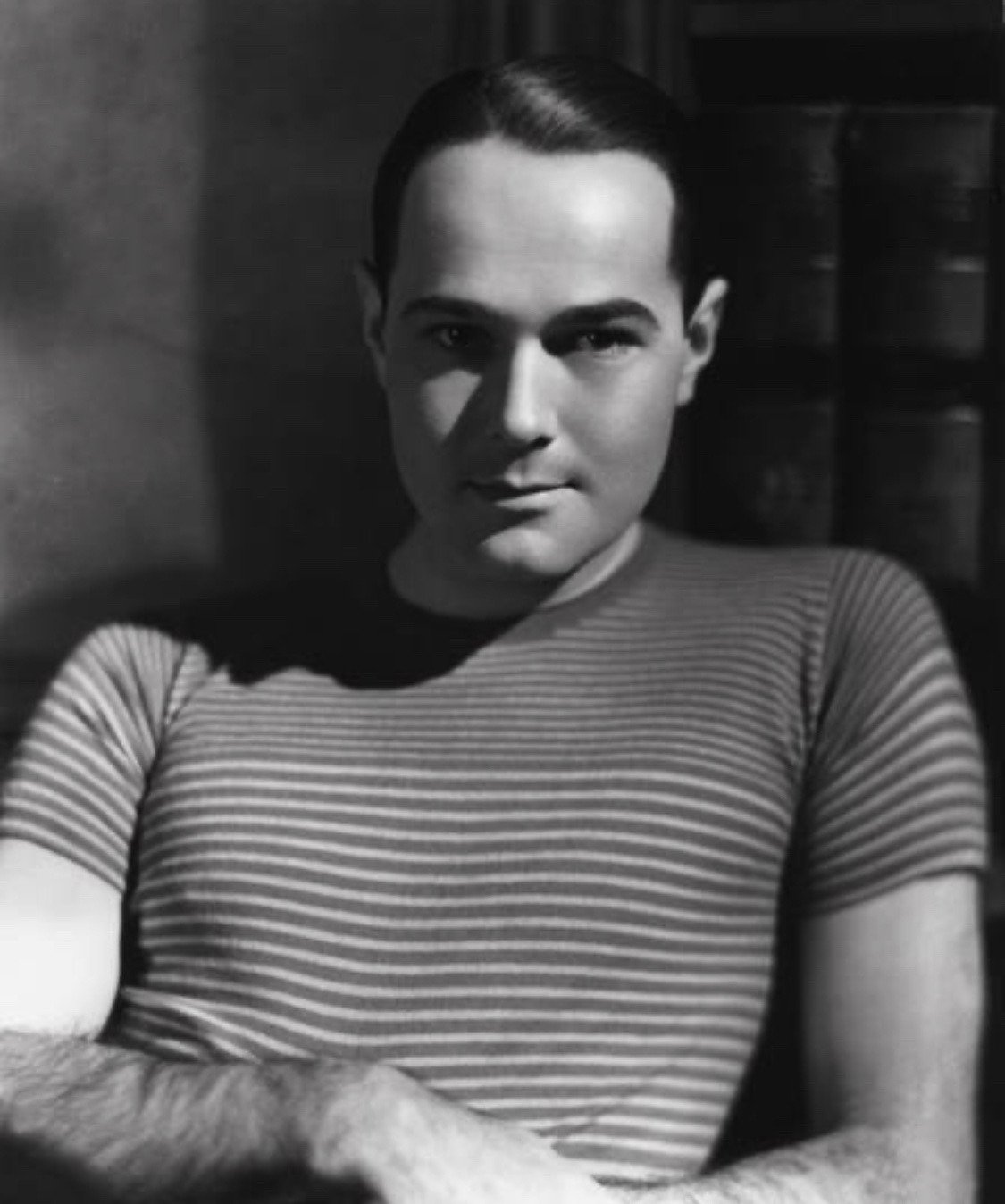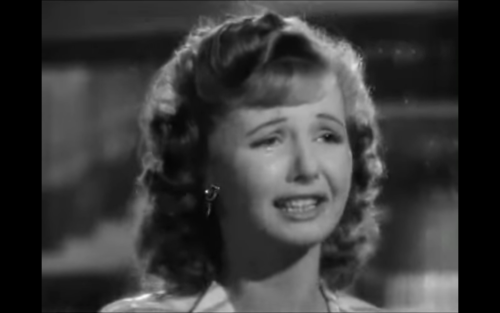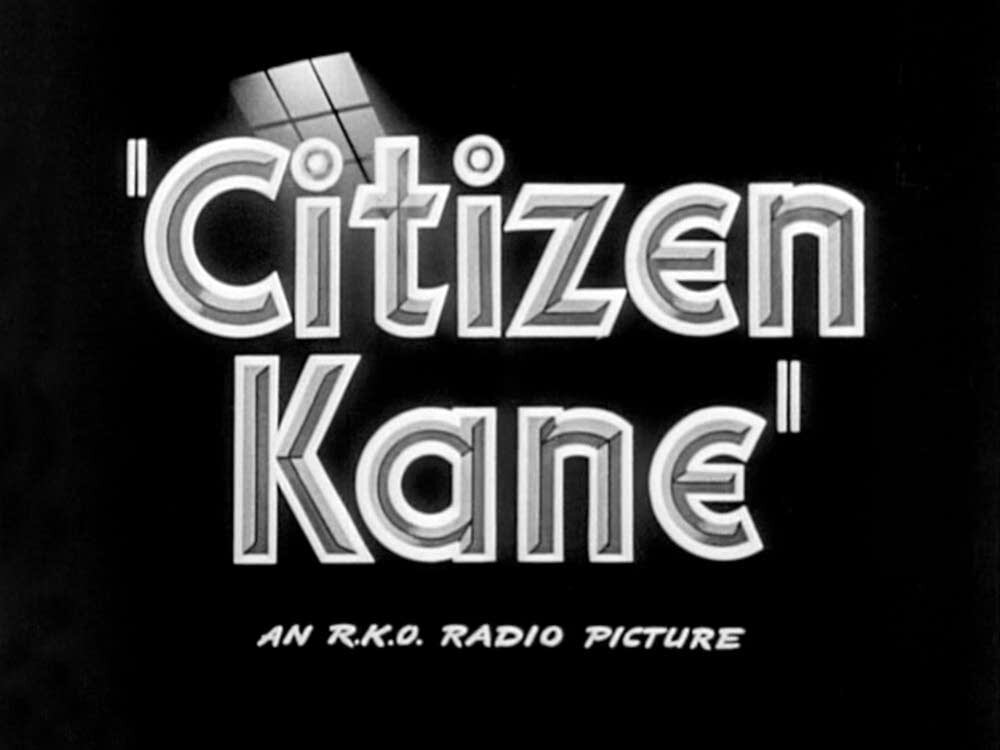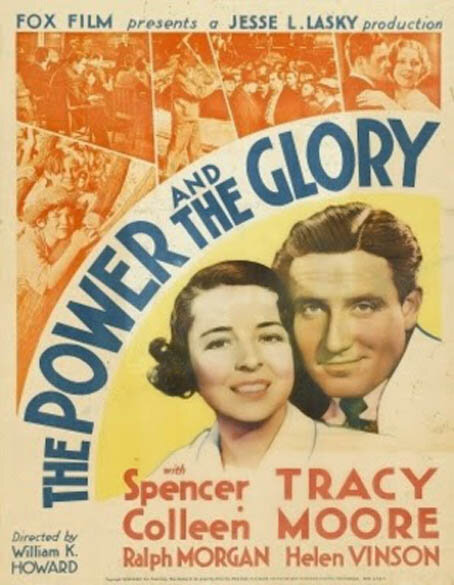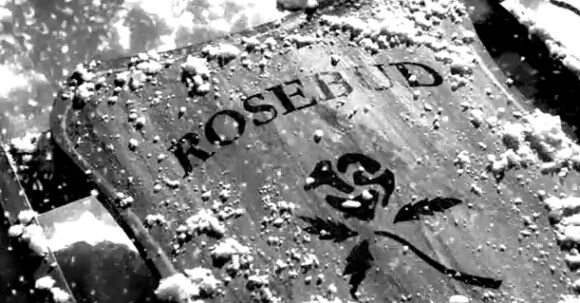#39: A Paper Route to Beat the Band
Milburn Stone (1904-1980)
Shortly before I turned 11 (1960), I got an urge to find a job. Sharing the aim with my father, he sweetened the pot by promising that for every $5 I earned at whatever it was I was going to do, he would match it and then put the combined $10 in an account at the local savings and loan. After scouring the want ads, in the local paper it dawned on me that becoming a paper delivery boy was ideal. And so, I was hired by the local rag - called the Green Sheet due to its front page being a kind a muted lime green color - picked up my canvas bag, box of rubber bands plastic bags and twist ties (for those rare rainy days) and went into business for myself. Back in 1960, the Green Sheet came out 4 times a week and cost (if you chose to pay) a whopping 65¢ a month. Even if you chose not to pay, you still got the paper. It was up to the paper boy (no girls in those days) to go door-to-door once a month and collect the 65¢ (of which we got 30¢ minus tip . . . if we were so lucky.)
After learning the ropes - but before going out on my first monthly collection run - I decided it might make for better business if I were to knock on every door along my route (#2739), introduce myself and convince my customers that the paper was well worth 65¢. And so, unstrapping the canvas bags from the handlebars and back fender of my black Schwinn, and scrubbing the printer’s ink off my hands, I went down the street. As luck would have it, no one was home at the first 8 houses I visited. The 9th house, which was within a stone’s throw (pun intended) from ours, I knocked and a kindly looking gentleman answered. Being a Hollywood Brat, I wasn’t terribly bowled over by the fact that he was Milburn Stone (no relation), who played “Doc Adams” on Gunsmoke.
At the time, all I knew was that the customer living at 6013 Allott Avenue was named Stone. I was all prepared to begin my sales-pitch by asking him if we might be related. (I knew we weren’t: our name was legally changed from “Schimberg” to “Stone” only 3 years earlier). He turned out to be everything you’d expect Doc Adams to be off-screen: not terribly tall, a tad irascible, but with a delightful twinkle in his eye. I was amazed that for a shortish (5’7”) man he had a really, really deep voice. At the end of about 10 minutes of chit-chatting he handed me a dollar, said “keep the change Mr. Stone," gave me a wink and put out his hand. Shaking it I grinned and said “Thanks Doc.” He would turn out to be my favorite client . . .
(By the time Milburn Stone became “Doc Adams” in 1955 . . . and would go on to play for 605 episodes . . . he had already been in nearly 170 pictures for a quarter century. His most famous [uncredited] role was that of Stephen A. Douglas in the 1939 Henry Fonda/John Ford-directed classic “Young Mr. Lincoln.”)
Herschel Bernardi (1923-1986)
Pedaling down Allott Avenue, the dollar bill burning a hole in my pocket, I came to a house about 400 yards away on the other side of the street. Ringing the door bell, a fairly tall, clean-shaven man with not a lot of hair answered the door. He looked familiar . . . very familiar. Suddenly it dawned on me where I had seen him. “Good afternoon,” I said, “my name is Kurt Stone, and I am your Green Sheet delivery boy. Aren’t you Lieutenant Jacoby, the guy who works with Peter Gunn?” He chuckled and said “The very same, although when I get home from work my name is Mr. Bernardi . . . Herschel Bernardi. Do you like the show?” Swallowing hard, I said “I really do, especially the music and the way Peter Gunn dresses.” (Note: Even as an 11 year-old, I had an eye for good tailoring . . . an inheritance from my father. And as for the music, Peter Gunn was probably the first show in the history of television to have a “cool jazz” score coupled with one of the most memorable opening themes of all time . . . composed by the then up-and-coming Henry Mancini.)
On the few occasions I would happen to meet up with Mr. Bernardi, he always struck me as being a happy man. Years later I learned why: back in the late 1940s Bernardi was blacklisted for alleged Communist sympathies. He couldn’t find an acting job to save his life for nearly a decade. When I met him, he was as happy as a clam: he had a steady, well-paying job on a hit television show created by Blake Edwards that earned Bernardi his lone Primetime Emmy nomination (Best Supporting Actor [Continuing Character] in a Dramatic Series.) He wound up losing to Dennis Weaver, who, of course played “Chester” in Gunsmoke. Herschel Bernardi was from a Yiddish theater family, much like the Adlers (Jacob, Luthor and Stella), Paul Muni and the young Sidney Lumet.)
By the time he was 3, he was known along 2nd Avenue (the Yiddish Theatre District) as a ווונדער קינד (vunderkind), a “child prodigy. He made his film debut at age 13 costarring in one of the greatest of all Yiddish films, גרינע פֿעלדער (Green Fields), an adaptation of a classic Yiddish play by writer Peretz Hirschbein, often called “the Yiddish Maeterlinck.” Bernardi’s strong Yiddish theater upbringing and resonant singing voice would serve him well in later years; he took over for Zero Mostel as Tevye the Milkman in the Broadway musical Fiddler on the Roof, eventually earning a Tony nomination. Over his career he had roles in 95 films and television shows. From 1970 to 1972, he was the star of his own show, “Arnie.” In 1976, a decade before his death, he played blacklisted producer Phil Sussman in the former black-listed Martin Ritt’s bittersweet memorial to the Hollywood Blacklist, The Front, written by the Blacklisted Walter Bernstein and starring Woody Allen along with former black listees Zero Mostel, Lloyd Gough and Joshua Shelley. From 1961 until the year of his death (1986) Herschel Bernardi was the “Ho-Ho-Ho’ voice of the Jolly Green Giant commercials as well as the voice of “Charlie the Tuna” for Star-Kist.
And by the way, Mr. Bernardi always gave me an 18¢ tip.
Being that I had school, homework, piano lessons and Little League baseball (among other endeavors) to take up my life, I could only devote an hour or so to my end-of-the-week collections. I met and introduced myself to “Doc Adams” and “Lt. Jacoby” on the first day. It wasn’t until 3 days later that I was working Buffalo Avenue. On the corner of Buffalo and Collins St. was the home of my best friend, Peter Hirsch. His father, Dr. William Hirsch was founder and principal of the Loman Street School in North Hollywood, the first public school dedicated to educating children with physical disabilities. He was a great, great man. A couple of times a year our “Woodcraft Ranger” group (the “Sundown Tribe”), would go to the school located on Saticoy, to visit and play with the children. It added so much to our human sensitivity and spirit of volunteerism to be with these children with special needs . . . decades before that term was created and popularized.
Getting Dr. Hirsch to pay his 65¢ was a no brainer . . .
Jack Elam (1920-2003)
Across the street and 3 or 4 houses down there was a man who, quite frankly, scared the living daylights out of me. He was over six feet tall, had bulging eyes and an unmoving left eye, was almost always unshaven, and generally had a scowl on his ugly punim. I found it hard to describe him to my folks. Many, many years later, in reading a short-story by Edna Ferber entitled The Man Who Came Back (published in a collection called "Butter Side Down,” published in March 1912, I came across the following which described my customer’s fearsome face to a T: “Birdie had a face that looked like a huge mistake.” In Hollywood, the expression would be having “a face made for radio.” He undoubtedly knew that I was scared of him and, as I was to learn sometime later, played up his gruesomeness to the hilt. That gruesomeness, as it turned out, would make him one of Hollywood’s most recognizable - though least known - character actors, playing tens of dozens of ghoulish psychopaths and head cases until many years later, actor James Garner, seeing the comic possibilities, turned him in a western sidekick with few brains but a heart of gold.
His name was Jack Elam.
Hailing from Miami, Arizona, William Scott “Jack” Elam served in World War II and then became both a bookkeeper at the Bank of America and a manager of the Hotel Bel-Air. Elam went to Santa Monica City College and studied accounting. Eventually he became an independent auditor for Samuel Goldwyn and an accountant for Hopalong Cassidy Productions. Unfortunately, all the examining of financial records (usually in small print) put too much strain on his already poor vision, and he had to quit what had become a pretty lucrative gig. Someone suggested that perhaps he could earn a few dollars by becoming a movie extra . . . and a half-century career was born.
I of course had no idea that “Mr. Scary,” as I called him came from such a benign background and was, in matter-of-fact, a warm-hearted husband and father. I had my doubts about ever going back to his house. Then I happened to be watching an episode of The Twilight Zone in which Mr. Scary had a major role as - what else? - a crazy man called “Grandpa Avery,” stranded at a diner in the middle of nowhere. It was definitely Mr. Scary, but he actually smiled and made jokes! Then it dawned on me: perhaps he was just playing a part when he answered the door. He must have sensed my fear . . . and just played off that. And so, the next time I went to hopefully collect my 65¢. I had a smile on my face. And it worked, for when he opened the door he broke out into a big grin, stuck out his hand and said “welcome sonny . . . so nice to see you!” What a character.
That first month with the Greensheet I made about $17.00 in subscriptions and nearly $5.00 dollars in tips. True to his word, Dad doubled my earnings and I was able to put $34.00 into the local S&L and have almost $5.00 in my pockets. To me, that $34.00 (nearly $365.00 in 2024 money) was a fortune. I would continue delivering the paper, adding subscribers and banking my earnings for the next year or so. The year after I “retired” from being a newspaper boy we moved about 5 miles away to a new, bigger home on Addison Street. I would eventually go back to delivering and soliciting for a different paper and meeting other members of the acting community.
But that’s a tale for an upcoming post.
Wishing one and all a happy, healthy New Year!
Copyright©2024 Kurt Franklin Stone




